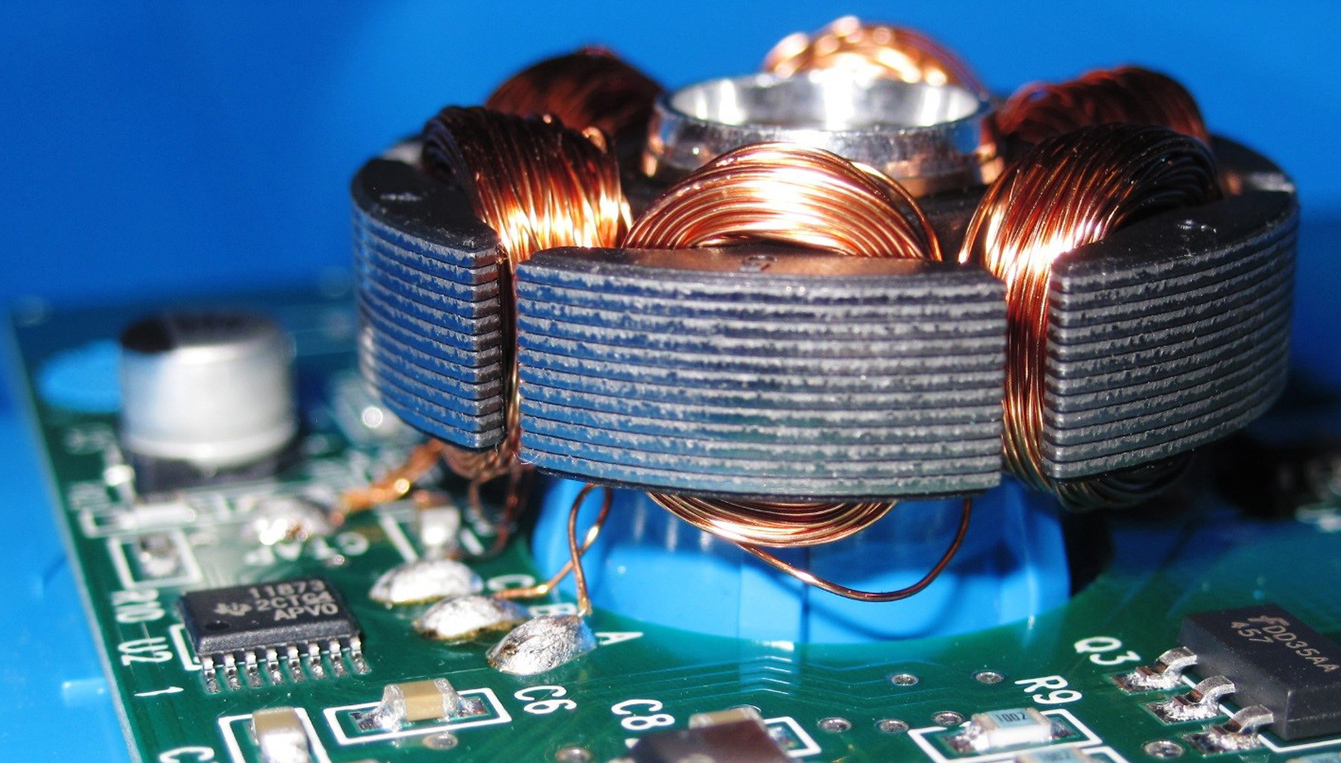David L. Bowen
Product Sound | Market Leader
Labs + Sensitive Facilities | Market Co-Leader
Principal

Carefully considered noise control engineering methods can prove invaluable in product design. During product development, accounting for consumer perceptions – not just objective metrics – is key to creating a winning product.
Looking back on my years of dealing with product sound, I recently came up with some general impressions about how things have changed, which I had the privilege of sharing and discussing at a workshop held last year at the National Academy of Engineering in Washington D.C. Among my observations were:
In noise control engineering, we often use “noise audits” as a way to identify and quantify different possible noise sources in a device, allowing us to rank-order the sources based on their contributions to the total noise. This provides a basis for developing noise reduction approaches starting with the “loudest” source, and establishes an effective path to reduce noise without “spinning one’s wheels” on sources that don’t matter.
Identifying the sources requires the isolation of each noise source, which can sometimes be accomplished by literally covering up the entire product (with sound deadening lead sheet for example) and then exposing a single source, or by utilizing various forms of signal processing. The key is to capture the noise of candidatesources without altering the way they normally operate (for example, a motor shouldn’t be run without its load in place since its noise can be drastically different).
During a project to produce a quieter electric toothbrush, we used the noise audit method to determine that noise radiated from the handle was the main source, even more than the brush and motor. By designing effective vibration isolation between the toothbrush gear drive and the handle, overall noise was decreased by a very significant amount (approximately 7 dB).
Foreign regulations can sometimes be a driving force behind noise reduction programs. We were recently retained by a client interested in reducing the noise levels of their vacuum cleaners so that they could sell them in the EU. An overall reduction of 10 dB was needed (and was achieved) to meet an EU directive going into place later this year. Because companies may not want to manufacture two different product models, the U.S. can benefit from such foreign requirements even though this country is generally reluctant to impose its own noise limits.
Sometimes, though, the goal is not necessarily a decrease in the overall dB level per se, but more an increase in “how good” the product sounds. This type of goal falls into the general realm of sound quality, which deals with how the ear/brain system shapes subjective response to sounds and to the objects producing them. Sound quality depends on such response rather than objective metrics. Furthermore, people’s subjective responses to product sound will depend to some degree on their expectations based on the product’s function and the context of its use.
For example, one attribute we often consider is the “acceptability” of a sound. Factors affecting acceptability include not only the strength or level of the sound, but also its annoyance, its amenity value (pleasing aspects of sound such as regularity and harmonicity), as well as its information content (related to the product performing as we expect it to). How all of these factors (and others) affect the perception of acceptability will usually be very product specific, meaning that the blind use of various objective sound quality metrics without first involving actual users can often lead to misleading results.
Listening panels are thus often used in sound quality evaluations, and for product sound it is important that these panels represent a cross-section of actual consumers and are not biased by using, say, employees of the product manufacturer. The preferences obtained from such “jury studies” can guide product design goals and directions. To improve sound from a user perspective, panel members are sometimes asked to weigh in on sounds from “virtual products” that we can create by altering the recorded sounds of various components (modified in a way that reflects what can be done from a product engineering point of view), and then mixing them together. From this type of study, we can build a quadratic regression model and generate response surface contours that elucidate paths to a better-sounding design, and, beyond this, use techniques such as principal component analysis to help form a set of custom sound quality metrics that can correlate well with the jury ratings for use in future analyses on similar types of products.
A properly designed and executed jury study can also be used to answer other questions related to sound – we have even used them to quantify the extent to which consumers would be willing to pay extra for a particular product with better sound.